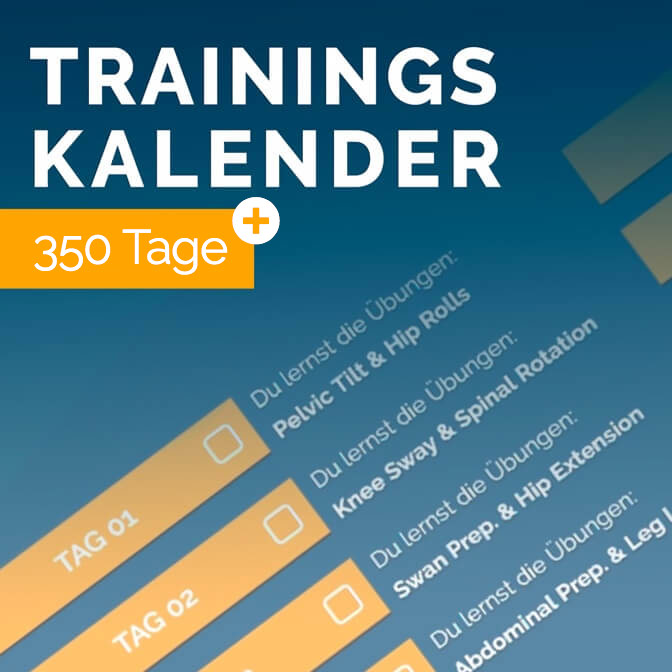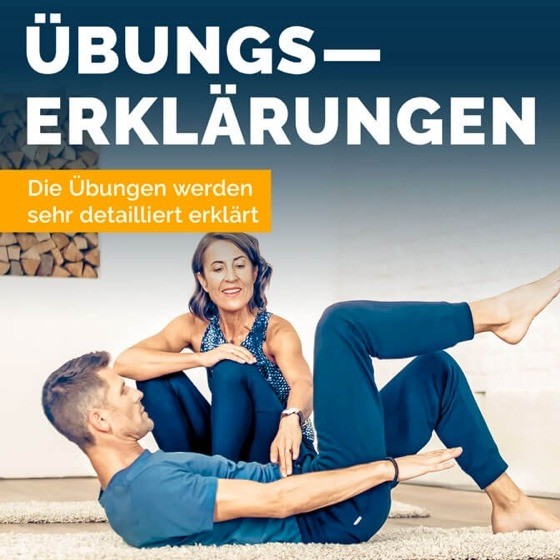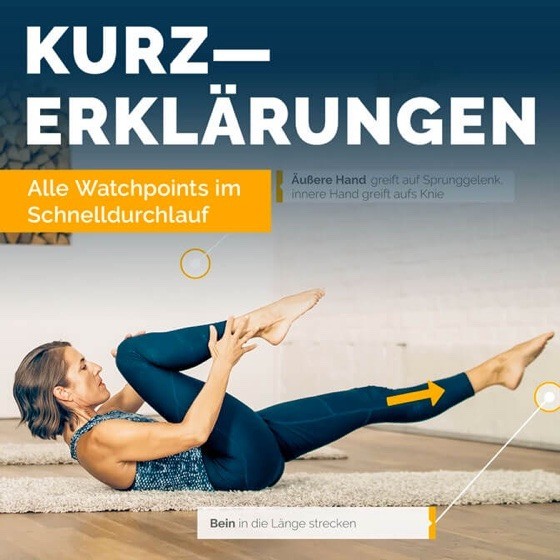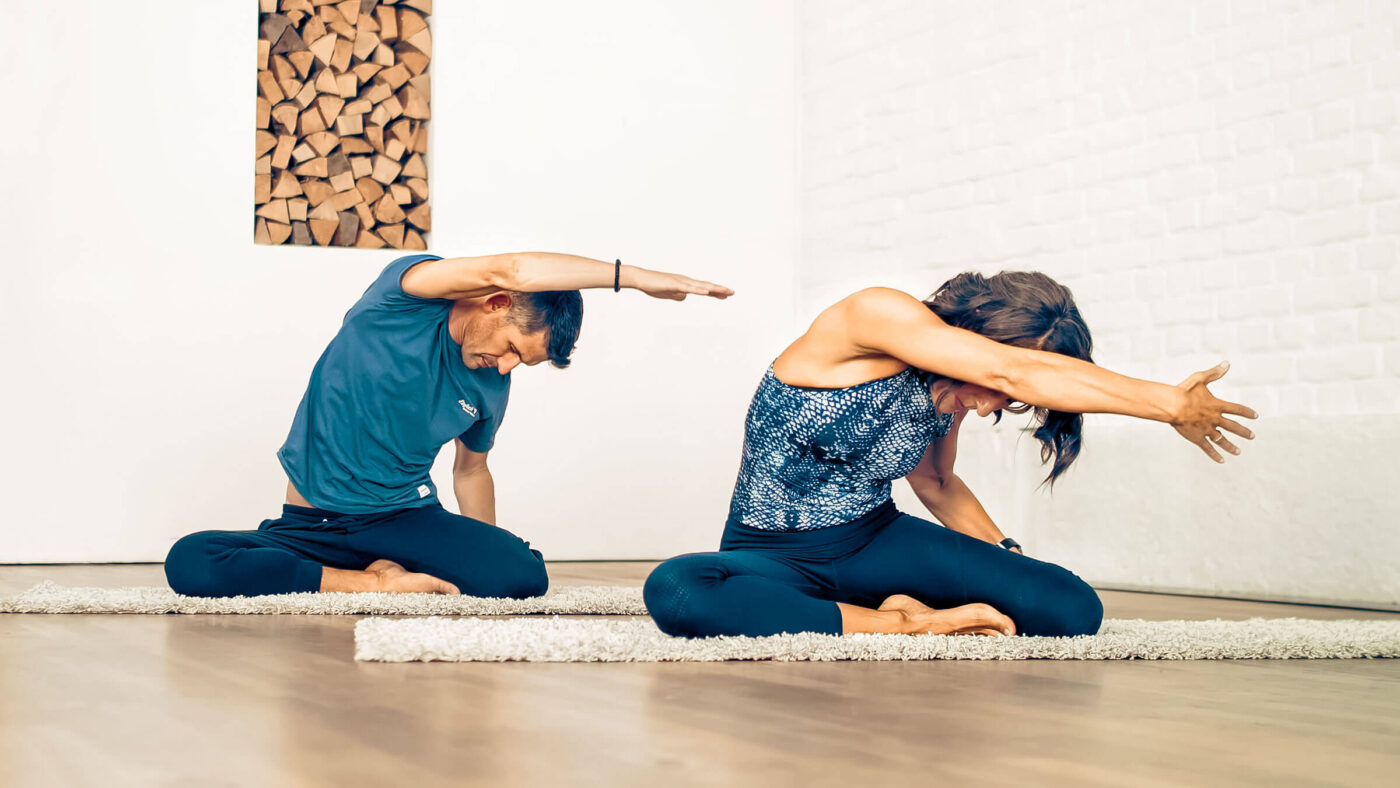
Pilates technique explained
Pilates & Fascia (2)
How the fasciae work
July 04, 2022, by Maria Felsner
What is "Tensegrity
The term "tensegrity" is composed of tension and integrity. We find this term primarily in architecture.
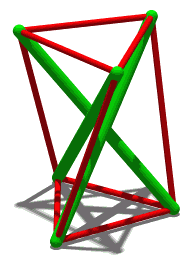
"Tensegrity is a design principle based on a system of isolated, pressurized components within a continuous tension network, arranged so that the compressed elements (usually bars or struts) are do not touch, while the prestressed, tensioned elements (usually cables or tendons) spatially limit the system."
Wikipedia (2022): Tensegrity, [online] https://en.wikipedia.org/wiki/Tensegrity [04.07.2022], translated with deepl.com.
How does the tensegrity concept differ from biomechanics?
In most anatomy books, the body is described in very structural and mechanical terms.
One imagines a skeletal structure held together by ligaments and muscles and moved by a system of pulleys and levers. In relation to the spine, it was depicted like bricks, layered on top of each other, on which the weight from the head through the torso rests on the lumbar spine.
This view of the spine is outdated.
The spine and tensegrity
The spinal column is divided into an anterior and a posterior part. The spinal cord is located within the spinal column in the so-called vertebral canal.
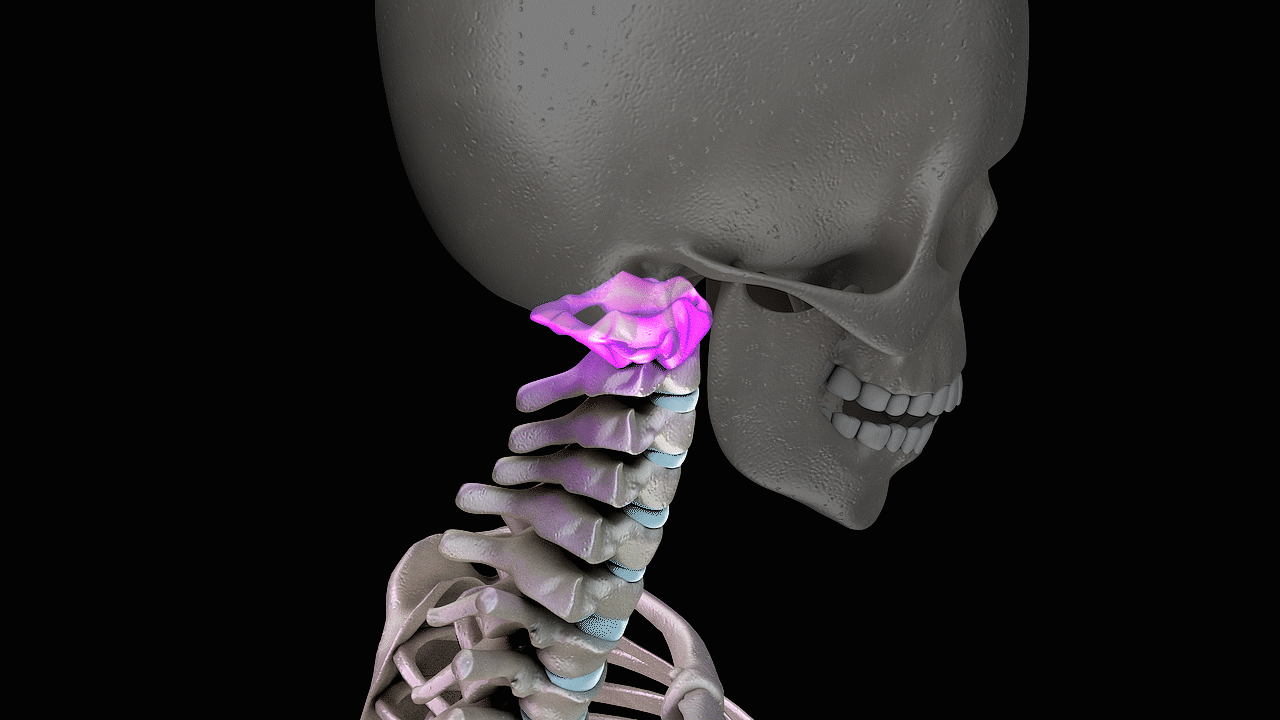
In the anterior part, technically called the anterior column, we see the vertebral bodies and intervertebral discs.
In the posterior part, technically called the posterior column, we see the vertebral arches with their numerous processes.
If one were to look only at the front part, one would recognize a tower of round plates in it, between which the tough intervertebral discs are stuck. The spine would be movable in all directions, just like a lizard.
If one were to look only at the posterior part, where muscles and ligaments attached to the vertebral arches and processes, one can see that this part of the spine is less mobile.
The shapes of the nested facets enable or prevent certain movements. This in turn provides stability and a certain suppleness.
The tensegrity construct can explain how the bones of the spine float over each other as they act like slings at the back of the spine at the overlapping articular processes (processus articulares) over the fibrous capsules of these intervertebral joints.
Thus, each vertebra can "swim", so to speak, in the upper loop of the vertebral joint.
This functional structure essentially contributes to the resilience of the spine.
Conclusion: Instead of seeing our spine as well as our body as a stable frame on which muscles and ligaments are suspended, thanks to the Tensegrity Model we can imagine the body in a three-dimensional network that is under functional tension. In it, the bones can "float freely", so to speak.
Thomas Myers describes in his bestseller "Anatomy Trains" a structural fascia relationship principle and in it also introduces the myofascial meridians, which are traction lines that distribute load, transmit force and thus influence the structure and function of the body.
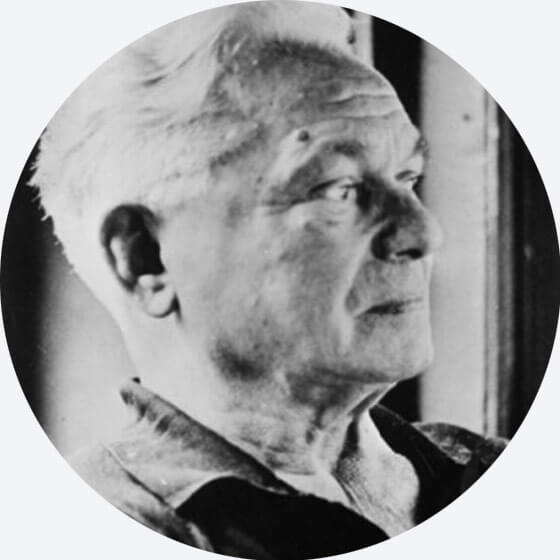
"Physical fitness is not obtained by wishful thinking, nor can it be purchased."
JOSEPH PILATES
Here you can download our LIVE Pilates hour on the topic. In this LIVE lesson we will deepen the tips on the topic "Pilates & Fascia 2 - Integrate fascia even more specifically into Pilates training".
Train fascia with Pilates
It is especially important to me to integrate the fasciae more specifically into the Pilates training., thus achieving an improvement in strength and movement efficiency.
How do we achieve specific integration of fascia into Pilates training?
The integration of fascia training into our Pilates training is based on the following principles:
- Removal of blockages for a free flow of nerve impulses:
Through self-massage with a ball, rod, roller, etc., we can manipulate specific points called trigger points.
What happens during the massage?
The pressure exerted on the connective tissue leads to an exchange of fluids in the tissue, resulting in the removal of lymph and other metabolic products.
It is recommended to massage in the first place slowly and with a feeling of "melting into" pressure. This reduces the tone, which even releases some stiffness and tangles in the fascia.
Fast rolling invigorates the fascia tissue and thus increases tension. Therefore, it is recommended to do fast, active rolling BEFORE training.
- Optimize exercises by pretensioning in the myofascia line:
We know that tightening or stretching fascia improves mechanical properties. Because of the long-chain fascial lines throughout the body, exercises must incorporate as many of these chains as possible.
We therefore make sure that the exercises are performed not only on a two-dimensional plane, but on a multi-dimensional plane. That is, we rotate and move the body in all directions.
Thus, we also get into a reactive neuromuscular stretch.
Advantages of fascia integration into Pilates training
- The training includes almost exclusively kinesthetic exercises aimed at raising awareness of movements and coordination. This is enormously important because the kinesthetic sense or depth sensitivity (proprioception) gets far too little attention in most forms of training today.
- Self-massages are incorporated into the training, which can loosen tangles and blockages. A freer movement is possible as a result.
- The training includes several approaches to targeted and conscious breathing. Through this we not only create space in the body, but also learn to control muscle strength as well as relax.
- The workout involves multi-dimensional movements, which virtually eliminates one-sided muscle loading.
- The training is not only physically challenging, but also mentally, i.e. cognitively. It trains kinesthetic perception, which gives us more awareness of body and mind.
What does kinesthetics mean?
Kinesthetics is the ability to perceive force, space and tension relationships of one's own movement. And it is precisely this ability that Pilates aims at.
We learnto perform the exercises mindfully.
We train body awareness to achieve a fluid and smooth flow of movement.
We bind Muscles and fascia lines with, to then achieve optimal force transmission as well as relaxation again.
Through Pilates training with specifically integrated fascia exercises, we can even manage to counteract physical as well as mental degradation and in the best case, prevent injuries.
Conclusion: You can see that there are many different approaches to fascia manipulation. It does not reduce to one technique such as massage, stretching, strengthening or running. Fascia is a multifunctional construct that can be accessed on many levels. Therefore, it is important for me to show different approaches in training, which go far beyond a classic two-dimensional training and also include the mind.
PS: With our Pilates training calendar you can easily integrate regular Pilates training into your everyday life and stay motivated.

